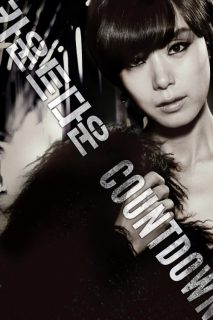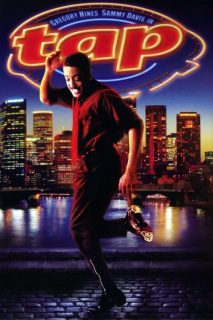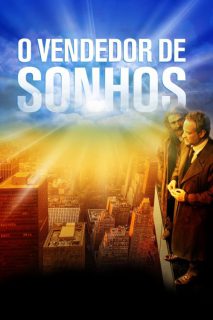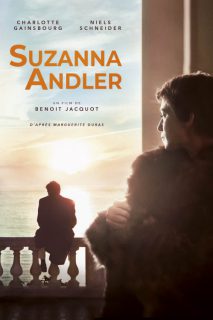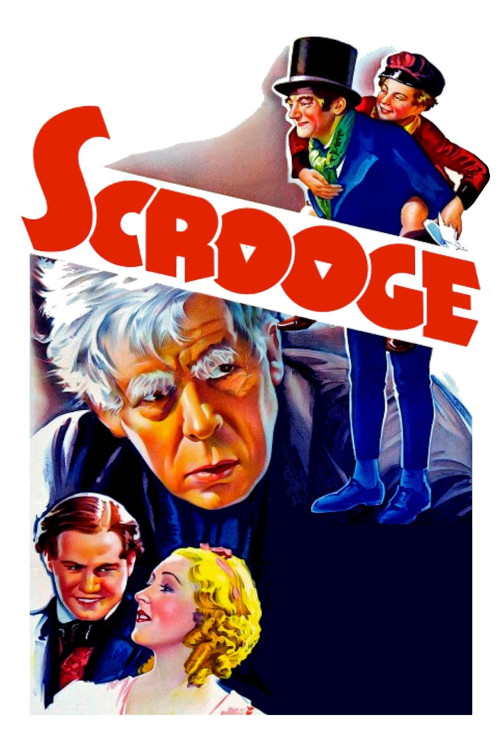
- Year: 1935
- Released: 30 Nov 1935
- Country: United Kingdom
- Adwords: 1 win & 1 nomination
- IMDb: https://www.imdb.com/title/tt0026972/
- Rotten Tomatoes: https://www.rottentomatoes.com/m/scrooge
- Metacritics: https://www.metacritic.com/movie/scrooge
- Available in: 720p, 1080p,
- Language: English
- MPA Rating: Approved
- Genre: Drama, Family, Fantasy
- Runtime: 78 min
- Writer: Charles Dickens, H. Fowler Mear
- Director: Henry Edwards
- Cast: Seymour Hicks, Donald Calthrop, Robert Cochran
- Keywords: holiday, clerk, redemption, spirit, miser, ghost,
 | 6.5/10 |
Scrooge Storyline
Scrooge, the ultimate Victorian miser, hasn’t a good word for Christmas, though his impoverished clerk Cratchit and nephew Fred are full of holiday spirit. But in the night, Scrooge is visited by spirits of another color. Straightforward adaptation of Dickens.—Rod Crawford
Scrooge Photos
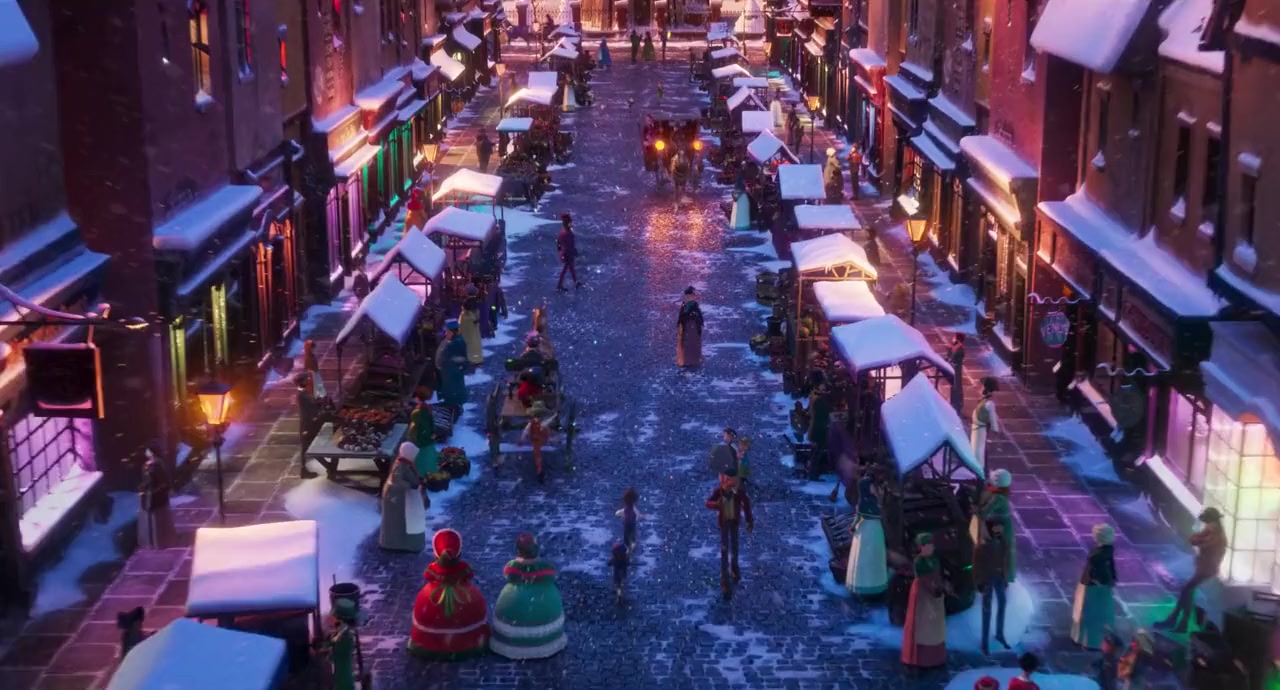
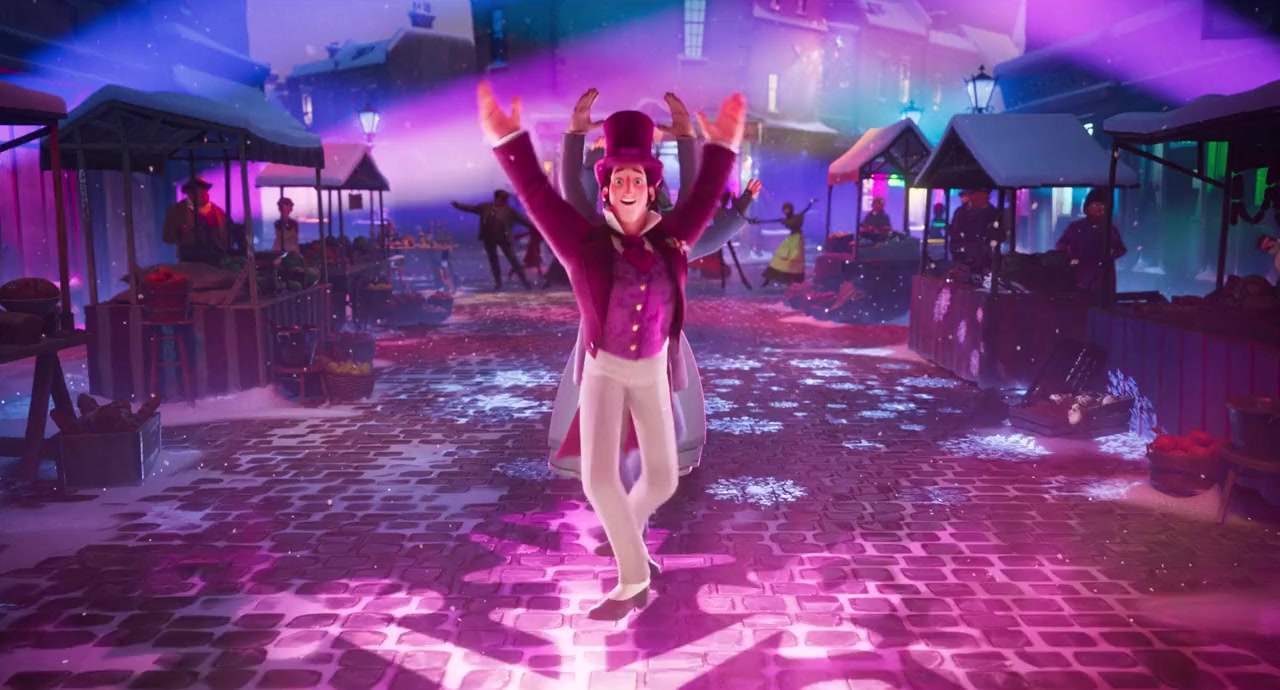
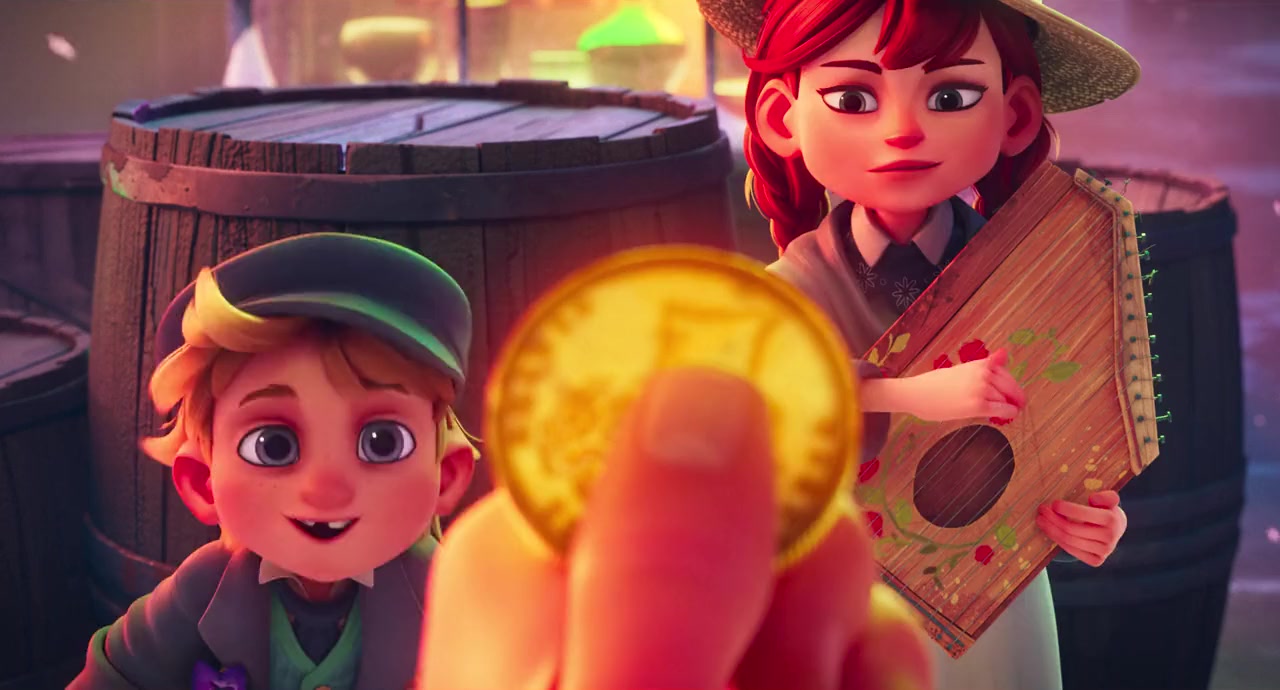
Scrooge Torrents Download
| 720p | web | 928.18 MB | magnet:?xt=urn:btih:A020027C22DAFEBF274F1DE65043AFB1A7ED4CA8 | |
| 1080p | web | 1.87 GB | magnet:?xt=urn:btih:A607C22FDE8878DDAA743D067F928CE46DCA77E8 |
Scrooge Subtitles Download
| English | subtitle Scrooge.1935.WEBRip.Amazon Scrooge.1935.WEB-DL.Amazon |
Scrooge Movie Reviews
An Interesting Early Version Of A Familiar Story
There’s absolutely no way around the fact that every version of “A Chrismas Carol” that you will ever watch is going to be viewed through the lens of the 1951 Alastair Sim classic, even more than it will be looked at through the lens of the Dickens story itself. This very early version (the earliest “talkie” version as far as I can see) stands up pretty well in that respect. Seymour Hicks was a very convincing Ebenezer Scrooge with a different take on the character than Sim presented. Sim’s Scrooge was – while mean and crotchety – a somewhat comic character, whereas Hicks seems to emphasize Scrooge’s essential nastiness, making his ultimate transformation even more jarring in some ways. The story has all the basic elements, and so there are no real surprises in that sense, but there are some differences worth noting. Aside from the early shot of Marley’s face in the door knocker, I found it interesting that Marley’s ghost was invisible to the viewer (although seen apparently by Scrooge.) Marley’s spirit also came across as stronger than in the ’51 version, where he was a more pathetic creature, although afflicted in the same way. I also found the visits of the three Christmas spirits somewhat truncated – especially the visit of the Spirit of Christmas Past, who offered Scrooge only a couple of scenes revolving around his love Belle with no mention of Fezziwig and no mention of Fan. There was however some interesting additional material. The scene of the Lord Mayor’s banquet seemed to put Scrooge’s essential isolation into stronger focus. With no compassion for the poor, Scrooge is also completely alienated from the wealthy, and while the poor celebrate as best they can and the wealthy enjoy a huge banquet, Scrooge dines alone and then goes home to a lonely house. The end of the movie also puts Scrooge’s transformation in a different context. Whereas the end of the ’51 version emphasizes the relationship Scrooge develops with Tiny Tim, the end of this version has Scrooge joining Cratchet in church to sing “Hark! The Herald Angels Sing. What I took from that was that in this version Scrooge’s transformation was a spiritual transformation as well as a personal one. This is a very interesting version of the story. 7/10
Another Great Version of a Magnificent Novel
In the Victorian England, the stingy and cranky Ebenezer Scrooge (Sir Seymour Hicks) does not care to Christmas and runs his business exploiting his employee Bob Cratchit (Donald Calthrop) and clients. In the Christmas Eve, he is visited by the doomed ghost of his former partner Jacob Marley that tells him that three spirits would visit him that night. The first one, the spirit of past Christmas, recalls his miserable youth when he lost his only love due to his greed; the spirit of the present Christmas shows him the poor situation of Bob’s family and tiny Tim and how joyful life may be; and the spirit of future Christmas shows his fate. Scrooge finds that life is good and time is too short and suddenly you are not there anymore, changing his behavior toward Christmas, Bob, his nephew Fred (Robert Cochran) and people in general.
“Scrooge” is another great version of “A Christmas Carol”, by Charles Dickens. I do not recall how many versions of this magnificent tale of redemption I have watched, but this 1935 is one of the best, with a fantastic performance of Sir Seymour Hicks. This film has been recently released by Brazilian distributor Flashstar in black and white and colorized versions in the same DVD but edited to 60 minutes only. I found the complete version in Youtube (http://www.youtube.com/watch? v=_Sr2ow_ZH9w). “Scrooge” (in any version) and “It’s a Wonderful Life” are mandatory for viewer that enjoy Christmas. My vote is eight.
Title (Brazil): “O Fantasma de Scrooge” (“The Ghost of Scrooge”)
Keeping Christmas
This version of A Christmas Carol is not as well known as the MGM version with Reginald Owen in 1938 nor the later British version from 1951 with Alastair Sim, but in seeing this one we get a rare treat to see one of the great men of the English Theater doing his most famous part. Sir Seymour Hicks had been playing the part of Scrooge from the last century when he was in his twenties and criticized by some critics for being too young for the role.
Hicks did a silent version of Scrooge in 1913, it was his screen debut. What we are seeing here is not Charles Dickens per se, but an adaption of the play Hicks did by writer H. Fowler Mear. Still the spirit of Dickens message of universal brotherhood is not affected in any way by the screenplay.
I have to say that I marveled at Hicks even without dialog being able to create through force of personality and maybe some makeup, the soul of the miserly Ebenezer Scrooge and then after his encounter with the three spirits, a reformed, contrite and merry Scrooge. It’s like watching two different people in the same role.
Hopefully more of the public on this side of the big pond will get to see Sir Seymour Hicks essay the role of the greatest reformed miser in history. They will be blessed, everyone.
